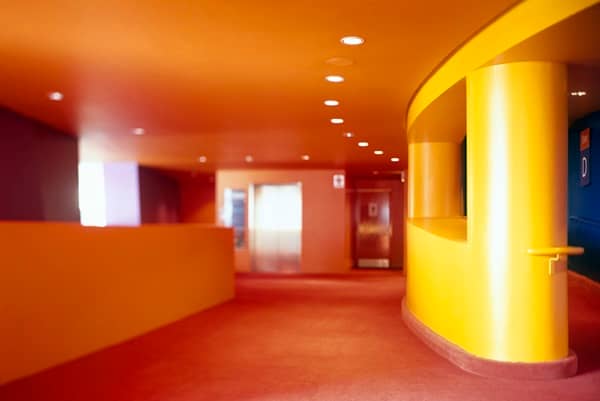In today’s ultracompetitive recruiting environment, top talent seeks more than just monetary compensation. Employee experience is the new holy grail. Individuals want to feel engaged, driven, valued, inspired, and motivated every day.
Thoughtfully designed workspaces have a great role to play in giving your employees what they seek. Research shows that employees satisfied with their workplaces are more productive, supportive of coworkers, and less likely to quit.
Creating an office that appeals to your employees will give your business a competitive advantage. Ready to get started? Here’s how you can design an office space that makes your employees want to run to the office.
Understanding the impact of office design on employee engagement
Well-designed workspaces can attract top talent, keep them happy, and even reduce absenteeism. From the flow of natural light to ergonomic furniture and communal areas, each element has a part to play in deciding how employees feel and perform during their workday.
Integrating flexible and activity-based workspaces
Traditional offices seem to have been radically altered, perhaps forever, after the pandemic. Static, inflexible offices designed for individual task-based work feel outdated now.
Modern workforces thrive in environments that support diverse tasks, from focused solo work to collaborative brainstorming sessions. Activity-based working (ABW) encourages employees to choose the space that suits their task, whether that’s a quiet corner or a dynamic meeting room.
Rented office spaces offer businesses the flexibility to adopt ABW without the long-term commitment of traditional leases. With access to shared amenities, customisable layouts, and collaborative environments, these spaces support evolving work styles and growing teams, all while maintaining a professional image.
Incorporating Biophilic design elements
Bringing the outdoors inside has been shown to boost mood, creativity, and mental clarity.
Biophilic design elements like indoor plants (which help clean the air), natural textures, and ample daylight can reduce stress and improve cognitive function. Integrating nature into your office not only supports wellbeing but also fosters a more inviting and energised environment.
Prioritising acoustic comfort in open-plan offices
While open-plan layouts encourage transparency and communication, they can also come with the drawback of noise distractions. To combat this, consider installing sound-absorbing materials, designated quiet zones, and noise-cancelling panels. Acoustic planning is crucial to maintaining focus and minimising workplace stress.
Leveraging technology and data-driven design decisions
Technology is drastically reshaping how offices are designed and used. From occupancy sensors to air quality monitors, data can inform smarter space planning that adapts to employee needs. Data-driven design allows companies to create more efficient, responsive, and user-friendly environments—perfect for a hybrid future.
Businesses would be wise to move the dial on how they design their offices. Combining flexibility, functionality, and well-being can make your office a place where your employees feel engaged and empowered to do their best work.

